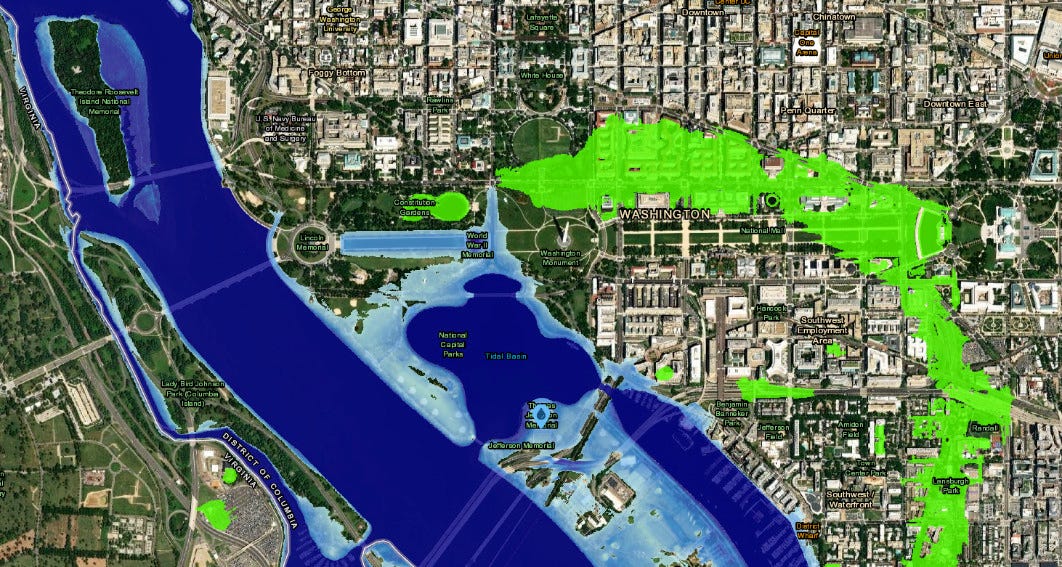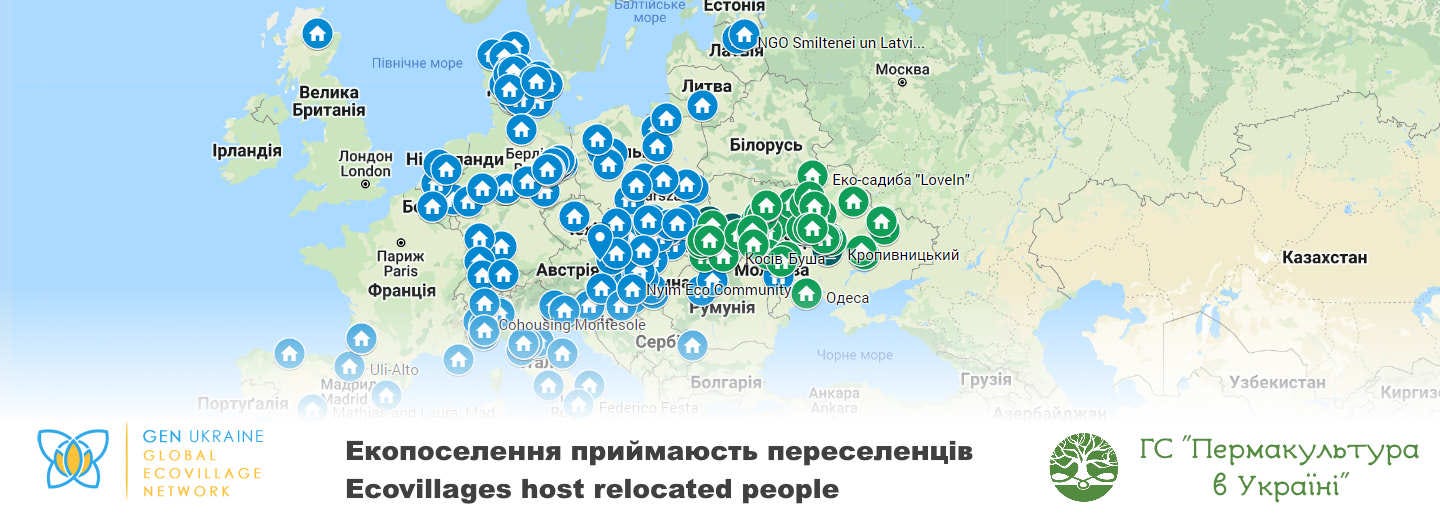Compound Disinterest
In the first two decades of this century, we moved up to perhaps the halfway point where the curve of climate chaos has begun more noticeably to ascend.
The capital of Mississippi has no drinking water. This is not a freak occurrence. This is not the latest disaster porn movie out of Hollywood. Welcome to the new normal.
The late Albert Bartlett, professor of mathematics at the Univ. of Colorado, gave a standard lecture several hundred times. In its late iterations, it was called “Arithmetic, Population and Energy.” You can find it on YouTube.
Bartlett liked to say, “The greatest failing of the human species is its inability to understand the exponential function.”
He gave many examples, from rice grains on a checkerboard, to real estate in Boulder, to peak oil, but suffice it to say that any element that doubles over time while growing in a closed system follows a reverse L-curve or J-curve and will at some point en route to blissed-out singularity smack hard into the wall of that closed system.
Those of us who understand the exponential function see it when we turn the tap in Jackson and nothing comes out. We see it in the dry tea leaves at the muddy bottom of the Yangtze River. We see it in the buddha statuary that disappeared there in the Sixth Century only to re-emerge last week, in the Spanish Stonehenge rising out of one corner of the Valdecanas reservoir, or in 20 German warships sunk during World War II now sunning in a dry Danube riverbed. We see it in the thousands dead and millions displaced in Pakistan or in the Greater Horn of Africa’s longest drought in 40 years, Israel’s, India’s and London’s(!) >40°C heat (105°F), or Siberia losing 3 million hectares to wildfire this year.
At this writing, droughts and drying rivers are simultaneously devastating all continents. The intensity of North Atlantic hurricanes, as well as the frequency of the strongest (Category 4 and 5) hurricanes, have all doubled since the early 1980s. In 1980, one might live comfortably on the Gulf or Atlantic coast of the US without particularly fearing hurricanes. Extreme heat events that used to occur only once in 20 years are expected to occur every year. Something similar, albeit less predictable, is affecting extreme cold events in winter, such as ice storms and thunderblizzards.
Doubling Times
Sea Level Rise: Ten Years (now 101.2 mm/y)
Global Wave Power: Ten Years (now 1.5-2.5 10E5 kw/m)
Loss of Ice Mass in Antarctica: Eight Years (now 3 Teratonnes)
Loss of Ice Mass in Greenland: Five Years (now 5 Teratonnes)
People facing acute food insecurity (day-to-day insecurity): One year (now 345 million)
Because of lag factors after a greenhouse gas leaves the tailpipe and climate effects appear, there is already more warming in the pipeline than what has occurred, as Hansen, Sato and Ruedy will presently describe in a paper, “Global Warming in the Pipeline,” nearing completion. So, even if we stopped all emissions suddenly, such as by the occurrence of a global pandemic that wipes out the economies of all overdeveloped countries, or a nuclear war between overheated India and Pakistan that annihilates China, Korea, and Japan with its fallout, warming trends would continue, only slowly tapering to a new, warmer equilibrium. By that point, many additional tipping elements may have been triggered, with cascading consequences for centuries to millennia.
Already set in motion are massive ice losses that can’t be halted even if the world stopped fossil emissions today, according to a new study published in Nature Climate Change on Monday. That study says it is now inevitable Greenland’s melt will trigger a foot of global sea-level rise, possibly as soon as 2050. Another paper by NOAA says that partly because of sea level rise, the most destructive floods will take place five times as often, and moderate floods will become 10 times as frequent.
When the Washington Post published a piece by Pulitzer Prize-winning reporter Chris Mooney on the rate of Greenland melt, saying 3.3% was already locked in, a nameless Liberal Arts Professor commented online, “Wow! A whole 3%?” His opinion, which is not uncommon, illustrates the incapacity of most people to understand the exponential function. That small percentage of an ice sheet as large as Alaska represents 110 trillion tons of ice whose melting is still in the low incline phase of the curve.
Greenland is the world’s largest island and is covered with a sheet of ice that, if it melted entirely, could raise sea levels by more than 20 feet.
—Washington Post
Beating the Curve
Now that we are in an exponential curve of climate change can we do anything about it? Economist Steve Keen says,
If we started this 50 years ago when Limits to Growth—which is a far superior piece of research to anything done by economists subsequently—if they were taken seriously and we'd done as they suggested—changing our trajectory from 1975 on—we could have done it gradually using things like carbon taxes and so on. But because economists have delayed it by another half century we're putting as a species three to four times the pressure on the biosphere. We're not going to do it through market mechanisms. I think the only way we can actually do this is effectively a war-level footing of massive mobilization to reverse the amount of carbon we've put into the atmosphere and to drastically reduce our consumption now. That's the mindset we need and unfortunately, economists are encouraging the mindset instead that says let's take advantage of these new transport routes through the arctic, yeah?
Keen argues we need to fundamentally rethink classical economics. The alternative vision is one of ecosystem restoration. Walking through the ecologically restored Loess Plateau, John D. Liu explained to a Dutch film crew flabbergasted by the lack of any trace of China’s current heatwave and drought, why 20 million Chinese now had food security even in the worst of times:
The source of wealth is functional ecosystems. The products and services that we derive from those are derivatives. It is impossible for the derivatives to be more valuable than the source, and yet, in our economy now as it stands, the products and services have monetary values but the source—the functional ecosystems—are [valued at] zero. So, this cannot be true. It is false. We’ve created a global institution of economics—an economic theory—based on a flaw in logic. If we carry that flaw in logic from generation to generation we compound the mistake.
Inflation is only another symptom of the exponential function smashing into the wall of a closed system. The price of food, water, energy, and shelter—these all have doubling rates that are shrinking with time. Inflation reflects greater demand (population) and stressed supply (war, pandemic, soil depletion, disappearance of pollinators, climate chaos) combining to put a pinch on the wealthy and starve out the poor. But it is an entirely artificial problem. Good land management, as Liu has shown in China, Jordan, Ethiopia, and elsewhere, erases the deficit and returns abundance. The cure for stress is harmony.
The only prayer we have is to bend the exponential curve to our favor. We need an exponential increase in carbon dioxide removal, clean energy, and degrowth, including both in population and per capita consumption/production (footprint). We need an exponential increase in ecosystem restoration, forests, mangroves, and biodiversity. We haven’t done any of that yet, and we may not, in which case near-term human extinction is assured.
It is not physically impossible to change our wicked ways and do the right thing, but is it behaviorally possible? The answer to that question will determine our fate.
Towns, villages and cities in the Ukraine are being bombed every day. As refugees pour out into the countryside, they must rest by day so they can travel by night. Ecovillages and permaculture farms have organized something like an underground railroad to shelter families fleeing the cities, either on a long-term basis or temporarily, as people wait for the best moments to cross the border to a safer place, or to return to their homes if that becomes possible. So far there are 62 sites in Ukraine and 265 around the region. They are calling their project “The Green Road.”
The Green Road also wants to address the ongoing food crisis at the local level by helping people grow their own food, and they are raising money to acquire farm machinery, seed, and to erect greenhouses. The opportunity, however, is larger than that. The majority of the migrants are children. This will be the first experience in ecovillage living for most. They will directly experience its wonders, skills, and safety. They may never want to go back. Those that do will carry the seeds within them of the better world they glimpsed through the eyes of a child.
Those wishing to make a tax-deductible gift can do so through Global Village Institute by going to http://PayPal.me/greenroad2022 or by directing donations to greenroad@thefarm.org.
There is more info on the Global Village Institute website at https://www.gvix.org/greenroad
The COVID-19 pandemic has destroyed lives, livelihoods, and economies. But it has not slowed down climate change, which presents an existential threat to all life, humans included. The warnings could not be stronger: temperatures and fires are breaking records, greenhouse gas levels keep climbing, sea level is rising, and natural disasters are upsizing.
As the world confronts the pandemic and emerges into recovery, there is growing recognition that the recovery must be a pathway to a new carbon economy, one that goes beyond zero emissions and runs the industrial carbon cycle backward — taking CO2 from the atmosphere and ocean, turning it into coal and oil, and burying it in the ground. The triple bottom line of this new economy is antifragility, regeneration, and resilience.
Help me get my blog posted every week. All Patreon donations and Blogger or Substack subscriptions are needed and welcomed. You are how we make this happen. Your contributions are being made to Global Village Institute, a tax-deductible 501(c)(3) charity. PowerUp! donors on Patreon get an autographed book off each first press run. Please help if you can.










